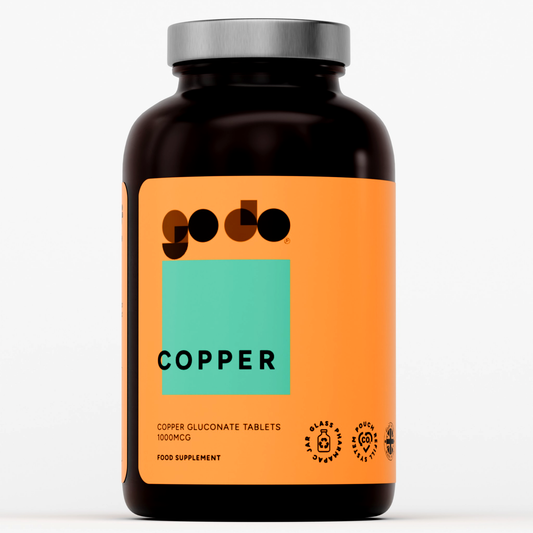
“If it burns you’re getting closer” – that’s the general concept prevalent in the exercising population working out, inside or outside the gym. Majority are there for weight loss along with muscle building. The time spent at the gym is generally considered as progress. But majority just assume either they are making or not making any progress, with their workout routines without keeping any solid track that will support or contradict their progress outcomes.
To determine how far your workout routine has carried you up the progression ladder, you need to keep track of both your workout and diet plans.
A solid workout record will help you determine;
- If you are just wasting your time.
- If you are overtraining.
- If your exercise program and diet are good or not.
- If you are achieving your targets
Recording your Workout Routine
To keep track of your workout progress, just use these simple methods to gauge your routine’s effectiveness.
- Keeping a Log
It’s the most important thing to record your progress. Why is it important? Because;
- It records total calories consumed during the day.
- It keeps a record of how much weights were used in each exercise along with the exact reps done.
This data helps in developing an exercise and diet plan which works for you. Also, remember to update your log whenever you make any changes in your workout or diet routines.
- The Weighing Scale and your Weight
The machine never lies. So, any gain or loss in weight is a very accurate measurement as to how your workout routine is going. But always use the scale in conjunction with other progress recording methods. Although it’s a good idea to know your weight but the scale never tells if the weight gain is muscle or fat.
- Body Fat Composition
This factor becomes mainly crucial for those who are losing weight. Subjectively, your eye is a pretty good gauging devise that can see the changes in your physique. But its best to use a body fat caliper that can measure your body fat percentage accurately and assist in recording your progress.
- Mirror Mirror on the Wall!
A mirror can be your best ally or your worst enemy, as it never lies. Without going into the technicalities of complicated formulas and numbers, just check your body in the mirror. You know what kind of body you want and the mirror will tell you if you are getting closer to achieving your goal.
- Take Measurements
Another accurate method of recording your workout routine is taking your measurements. Just take an ordinary measuring tape and measure the circumference of your forearm, biceps, chest, stomach, legs and calves. Although you can measure around a lot of your body parts but these aforementioned sites are enough to give you an accurate reading that can verify if you are gaining or losing weight.
- Increase in Reps and Weight
Keeping a log will help in advancing your exercise regime. As you progress through your workout, an increase in your reps and weight, recorded in your log, will indicate positive progression. Whereas, no change or decrease in your reps and weight, will indicate that something is wrong with the workout and it needs to be corrected.
- Take Pictures
Visual impact is the best way to gauge your body as it evolves through the workout regime. Take a picture when you start a log. Then take one picture every week or whenever you make alterations in your diet or exercise program. Like mirrors, pictures never lie. Compare your pictures to make sure if you are making real progress or not.











